9 Tips for Caring for Cast Iron Pans

by
Quick and Dirty Tips
(IC: blogger)
Proper care of your cast iron pans can provide years, even generations, of use. Domestic CEO shows you how to take of these long-lasting kitchen staples.
Cast iron pans can be a great investment for your kitchen. Not only are they extremely durable, but they also allow you to create some unique dishes and flavors. Cast iron is great for when you want a crisp edge on pan-fried foods, and when you need to perfectly sear a slice of meat.
Tip 1: Start with Seasoning
Tip 2: Clean With Warm Water
Tip 3: Clean Cast Iron After Every Use
Tip 4: Avoid Soap
Tip 7: Never Use the Dishwasher
Tip 8: Season Cast Iron Pans on a Regular Basis
Tip 9: Storing Cast Iron Pans
Enjoyed the project?

Want more details about this and other DIY projects? Check out my blog post!
Published May 26th, 2015 2:00 PM
Comments
Join the conversation
2 of 36 comments
-
 Daniel E. Mossien
on Mar 20, 2019
Daniel E. Mossien
on Mar 20, 2019
May Acura?
-
-
 Reba Humphrey Green
on Jan 24, 2020
Reba Humphrey Green
on Jan 24, 2020
Help I bought several cast iron pans at a garage sale very very rusted. How do I clean them or are they salvageable?
-












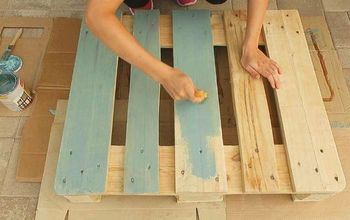
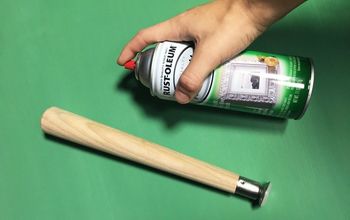



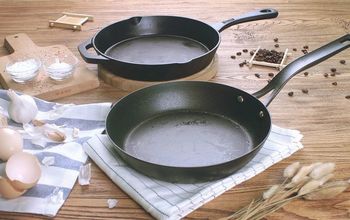








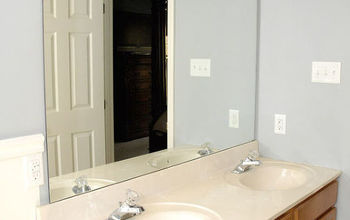

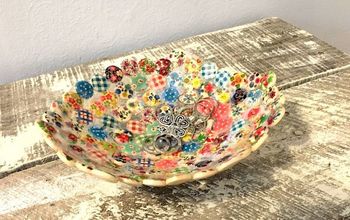


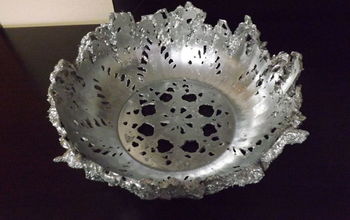

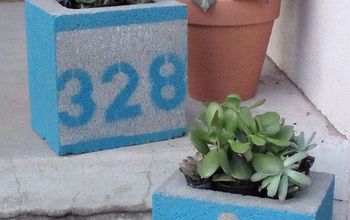

Frequently asked questions
Have a question about this project?